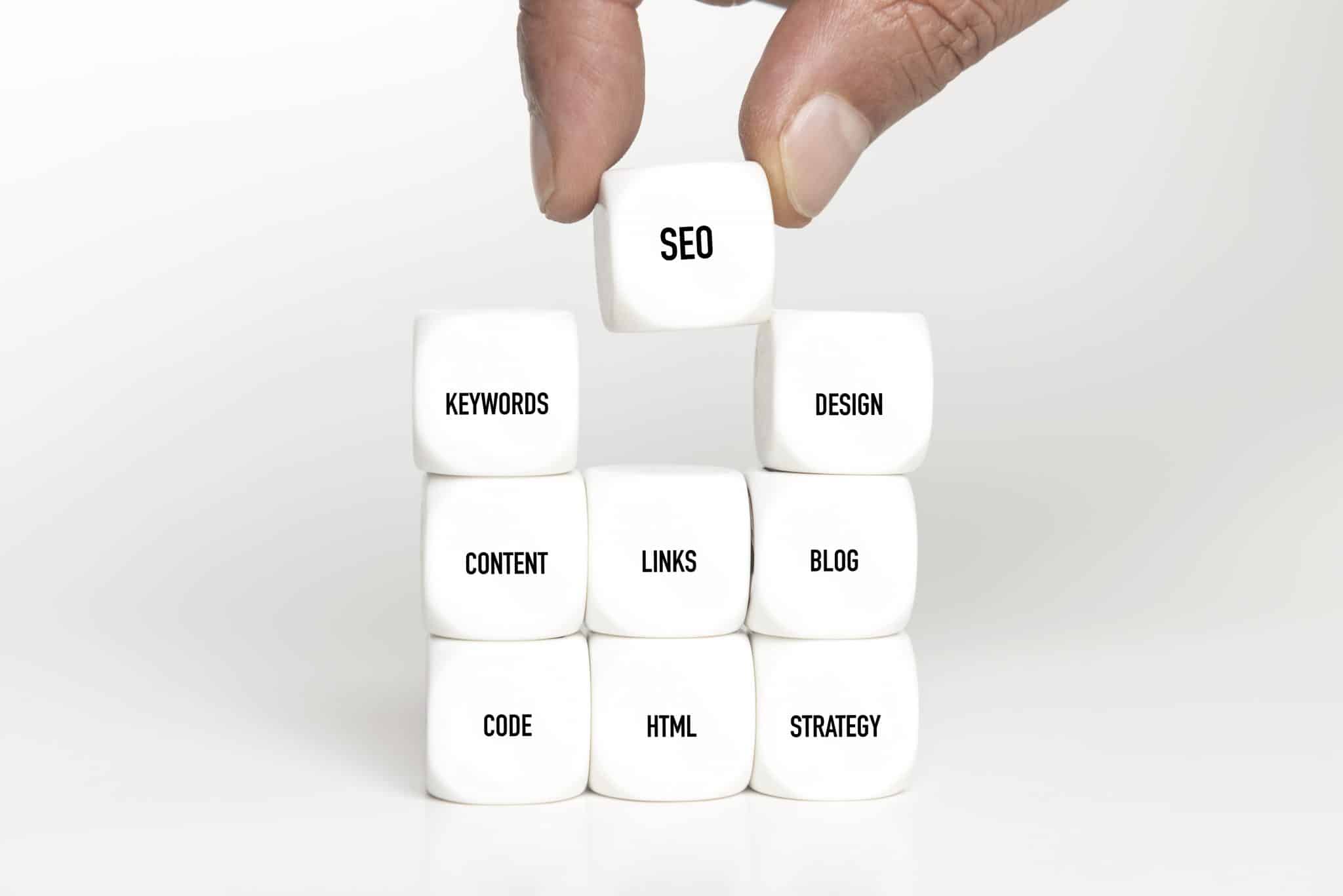What is an On-Page for SEO
On-page SEO is essentially optimizing an individual web page. The primary goal is to make the website user friendly and useful to the user. This will result in improved rankings and drive traffic for brand visibility, occurring on any search engine. There are many influential components of on-page SEO. Therefore, it is essential to outshine your competitors and bring on-page SEO to the next level. Once the on-page components are understood, you can use each one to your advantage. Any text/content, image, or video contribute to your ranking. However, there is much more to highlight.
The components
It is crucial to optimize each component for on-page SEO. Focusing on one or two will not get you very far. It is essential to understand that each component will play a significant role in any given search. Listed below are a few components we believe should be a primary focus.
Content
There are two main reasons for having content on a website. Content should apply to both users and search engines. The user and potential customer/client are looking to find answers to their inquiries. Suppose the website did not have stellar content; why would a user visit your website? The goal is to attract traffic and keep them interested in what your website has to offer. You want a user to return and refer to your website to browse products or information. Content is essential for search engines as well. Search engines need to be able to find and access your website with ease. Therefore, allowing optimal ranking.
Images
People love visual content. Images are included on a webpage to enhance the appearance of the website and further support the content. Images are significantly crucial for product pages. Online shopping has become the norm. Therefore, images help the user understand what they are purchasing. Incorporating alt text is also vital for describing an image and assisting visually impaired individuals visiting the web page.
Internal linking
Linking is essentially bridging one web page to the other. Internal linking assists the user in navigating through the content quickly and easily. As well as helping the user locate what it is they are in search of. Search engines also benefit from internal linking. A search engine will be able to access and navigate content.
Keywords
Keywords are used to target the product or service related to a user’s search. Two categories of keywords should be incorporated into the content displayed on the webpage: short-tail and long-tail. Short-tail keywords consist of a few words and more general. Long-tail keywords consist of 3 or more words and are specific search inquiries. Both are needed to maximize searches.
Meta Description
A meta description implies a summary of the content a user should expect when clicking on the link. This description is located directly under the link of the search. Click-through rate determines or measures the amount of views and clicks a link receives. A meta description impacts the click-through rate, which is essential for search engine optimization.
Title Tags
A title tag is straightforward. Its purpose is to showcase the title of your content and highlight your website. The page title appears in the search and should consist of your keywords. Title tags allow a search engine to find and understand your website.
Mobile Friendly
Anyone and everyone has a mobile device with them on a day to day basis. A mobile device is the new handheld gateway for information. Mobile compatibility makes up for a large percentage of web traffic. Therefore, it is critical for high rankings.
On-page SEO results in improved rankings and drives traffic for brand visibility. Want to learn more? Ask the experts here at Priority Networks.




